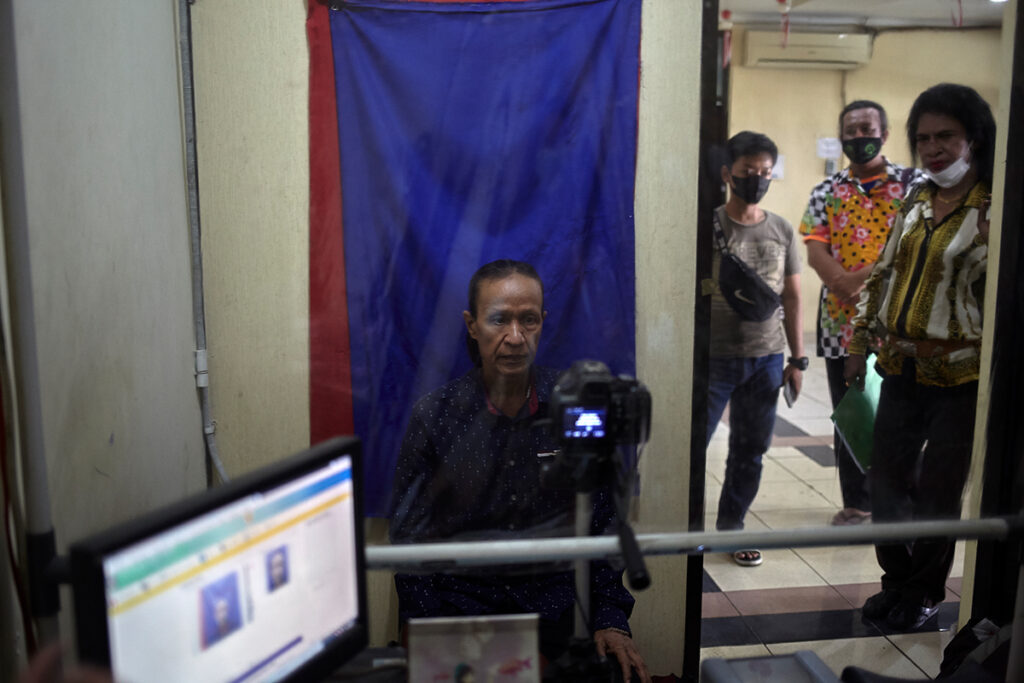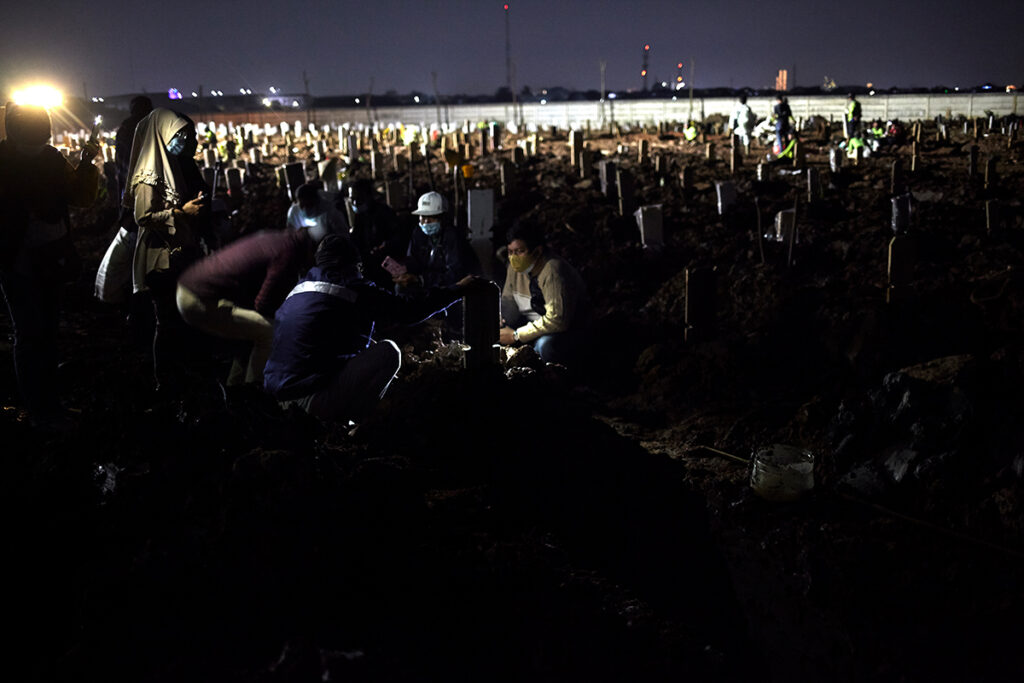Since the delayed official recognition of the arrival of COVID-19 on March 2, 2020, the pandemic battered Indonesia’s population in successive waves of growing intensity, making it the country in Southeast Asia with the highest number of infections and deaths for most of the subsequent two years
It even came in first in global COVID-19 rankings following a spike in the number of cases due to the Delta variant in July of 2021.
Despite the severity of the epidemiological situation, lockdown directives were taken half-heartedly, and containment measures were applied on-and-off amid the rising human toll. Images and messages were used by the government to instill fear, with harsh punishments handed out to members of disadvantaged groups who had little if any understanding of the conditions precluding their compliance.
While the pandemic raged on, Indonesia’s economic status went from that of an upper-middle income to that of a lower-middle income country.
The Indonesian government’s broad-based National Economic Recovery Program, which consisted of stimulus initiatives as well as the expansion of social protection programs, was challenged by long-standing operational obstacles, problems with provision of in-kind aid, inadequate benefits and diminishing resources in the second year of the pandemic.
Moreover, the welfare system’s biases in favour of more privileged public and private employees, its exclusion of those not registered in the residence-based database (e.g. domestic migrants) as well as individuals belonging to stigmatized groups (such as transgender women), left vulnerable groups without support.
As in other countries, women were overlooked and increases in terms of care burdens and domestic violence were reported. Individual and community initiatives did their best to address low-income and marginalized groups’ needs, but could meet these only partially.

Photo: ©Edy Susanto

Photo: ©Edy Susanto

Photo: ©Edy Susanto

Photo: ©Edy Susanto

Photo: ©Edy Susanto

Photo: ©Edy Susanto

Photo: ©Edy Susanto

Photo: ©Edy Susanto

Photo: ©Edy Susanto

Photo: ©Edy Susanto

Photo: ©Edy Susanto

Photo: ©Edy Susanto

Photo: ©Edy Susanto
This photo essay is part of the photo exhibition “Who Cares? COVID-19 Divides in Southeast Asia”, organized by SEA-Junction and the Institute for Population and Social Research (IPSR) of Mahidol University, in partnership with the Ministry of Higher Education, Science, Research and Innovation, the National Research Council of Thailand (NRCT), Silkworm, Khon Thai 4.0 and Bangkok Tribune. (The exhibition is on display from 17 October to 12 November 2023 | Curved Wall, 3rd Floor, BACC). For more details, check out at http://seajunction.org/event/photo-exhibition-who-cares-covid-19-divides-in-southeast-asia and https://bkktribune.com/photo-exhibition-who-cares-covid-19-divides-in-southeast-asia/
Source : https://bkktribune.com


